Raspberry Pi has today announced the release of a smaller version of the recently released Raspberry Pi Touch 2 Display. Shrinking from a 7-inch to 5-inch display, the new screen has the same resolution as its predecessor, 720 x 1280 (portrait) but it comes in at only $40, unlike the $60 price tag for the larger model.
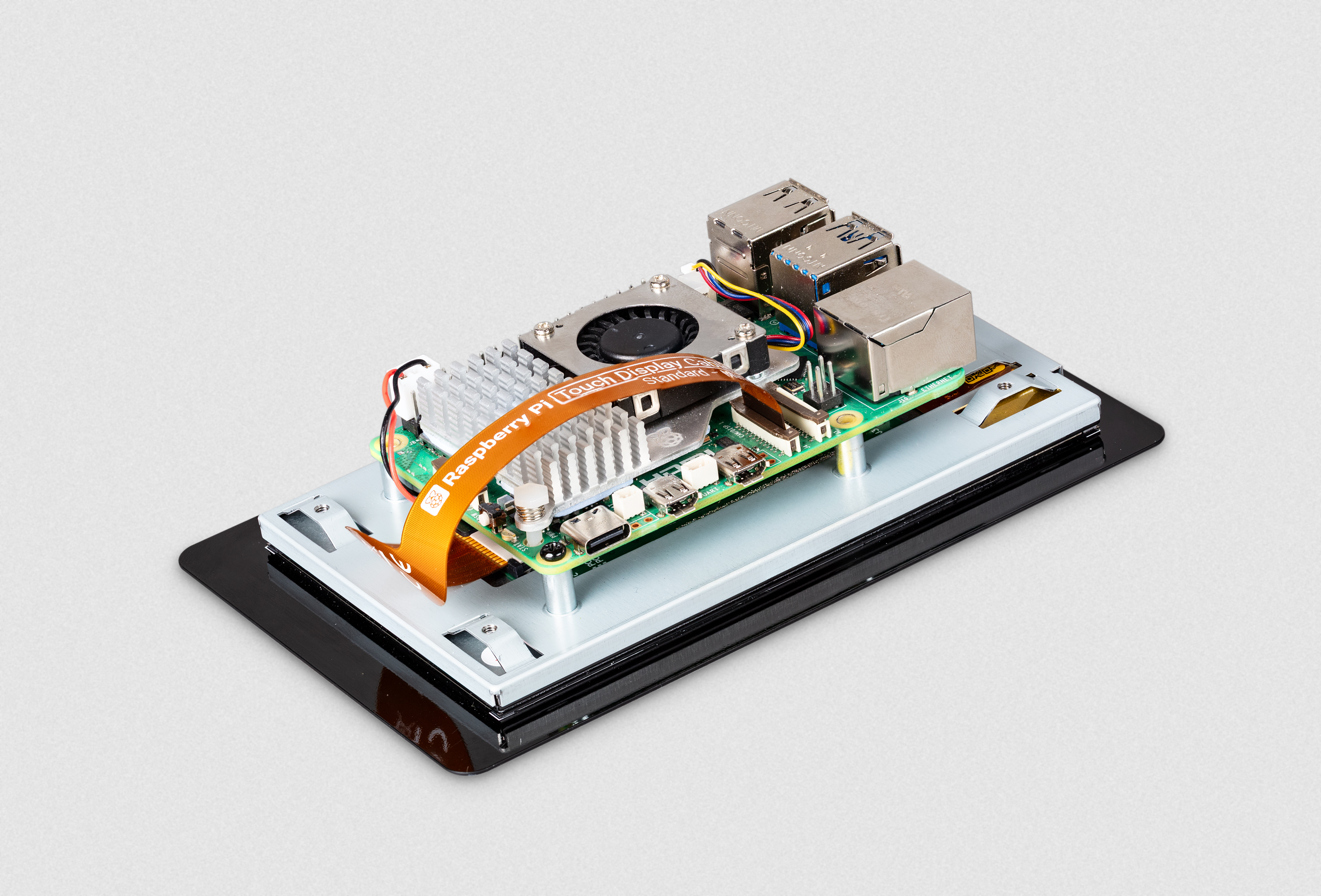
Swipe to scroll horizontally
Screen Size | 5-inch | 7-inch |
Viewing Angle | 80 degrees | 85 degrees |
Resolution | 720 × 1280 pixels | 720 × 1280 pixels |
Multi-touch | True multi-touch capacitive touch panel, supporting five-finger touch | True multi-touch capacitive touch panel, supporting five-finger touch |
Compatibility | All models of Raspberry Pi from the B+ Not compatible with the Raspberry Pi Zero range. | All models of Raspberry Pi from the B+ Not compatible with the Raspberry Pi Zero range. |
Dimensions | 155 x 88mm, Bezel corner radius is R5 (5mm) | 120.24 x 189.32, Bezel corner radius is R8 (8mm) |
Price | $40 | $60 |
Production Lifetime | Will remain in production until January 2030 | Will remain in production until January 2030 |
The new screen is essentially the same as the 7 inch model, a 24-bit RGB LCD TFT with an anti-glare coating, just smaller and with a slightly narrower viewing angle. Your choice of Raspberry Pi (but not the Raspberry Pi Zero or Pico) attaches to the rear of the display using standoffs and a flat flex display cable connects the unit to the DSI (Display) port on the Raspberry Pi. Power comes directly from the GPIO, and as the screen uses 5V, I fear that Raspberry Pi has missed the opportunity to provide a USB cable instead of blocking access to the GPIO. If you wanted to use a HAT with the Raspberry Pi, this would be an issue that one would have to work around.
As the name suggests, this is a multi-touch display, supporting five-finger touch input and when I tested the seven inch model, Raspberry Pi OS just works with these screens. That is something that one would expect, given that the screen and the software both come from Raspberry Pi LTD.
The bezel around the edge of the display is thin, a little too thin for my liking, but the display is designed to sit recessed into a holder, and not left in the open. Think museum display screens, point-of-sale, embedded home automation control type projects where the touch screen is buried in a wall or wrapped in a custom designed chassis.
If you've dreamt of making your own Star Trek inspired touch input, or simply want a small screen for your Pi, the Touch Display 2 is a reliable and simple means to do this. The new 5-inch screen will be available via Raspberry Pi resellers for $40, the larger 7-inch model is still available for $60.

 3 months ago
75
3 months ago
75
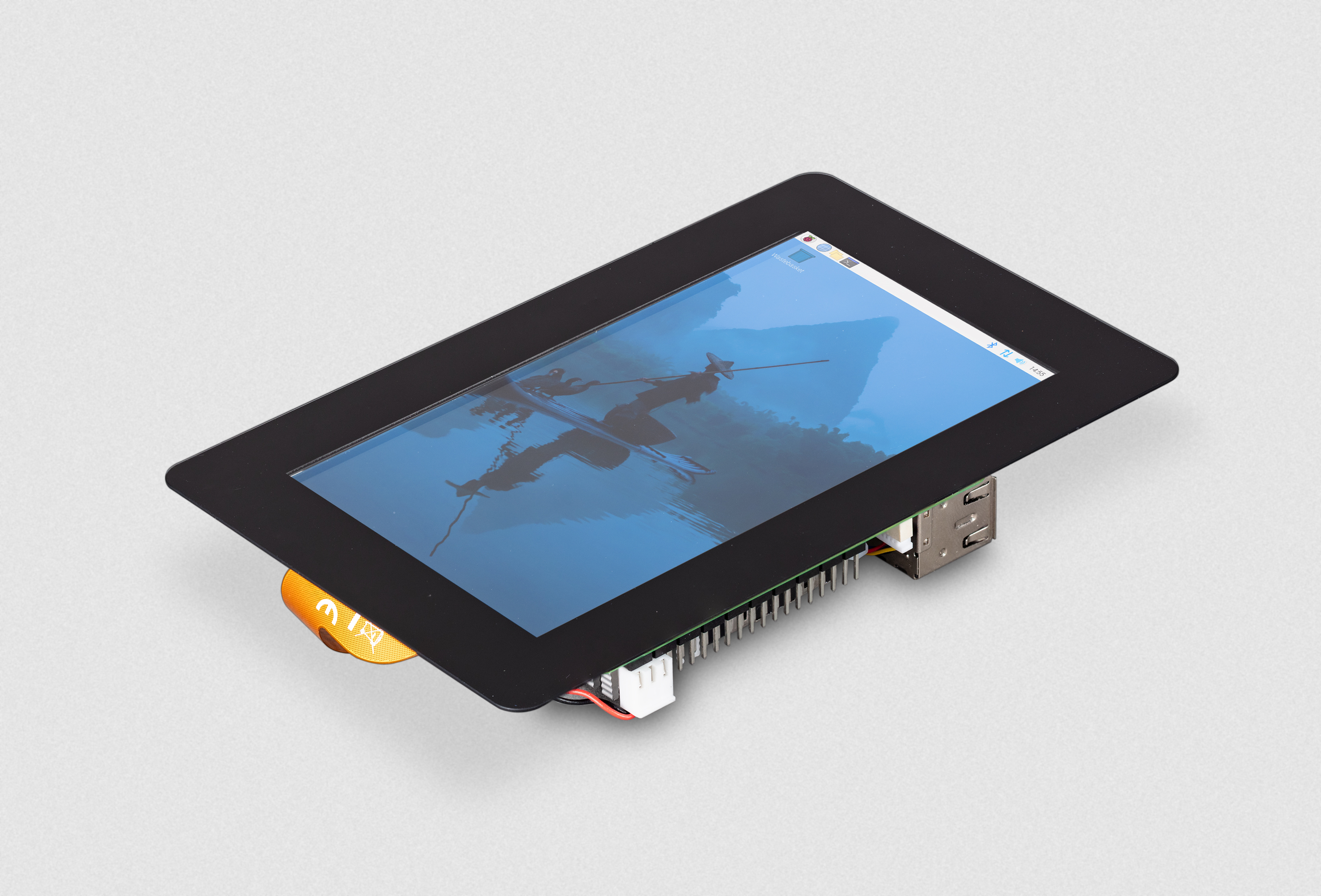
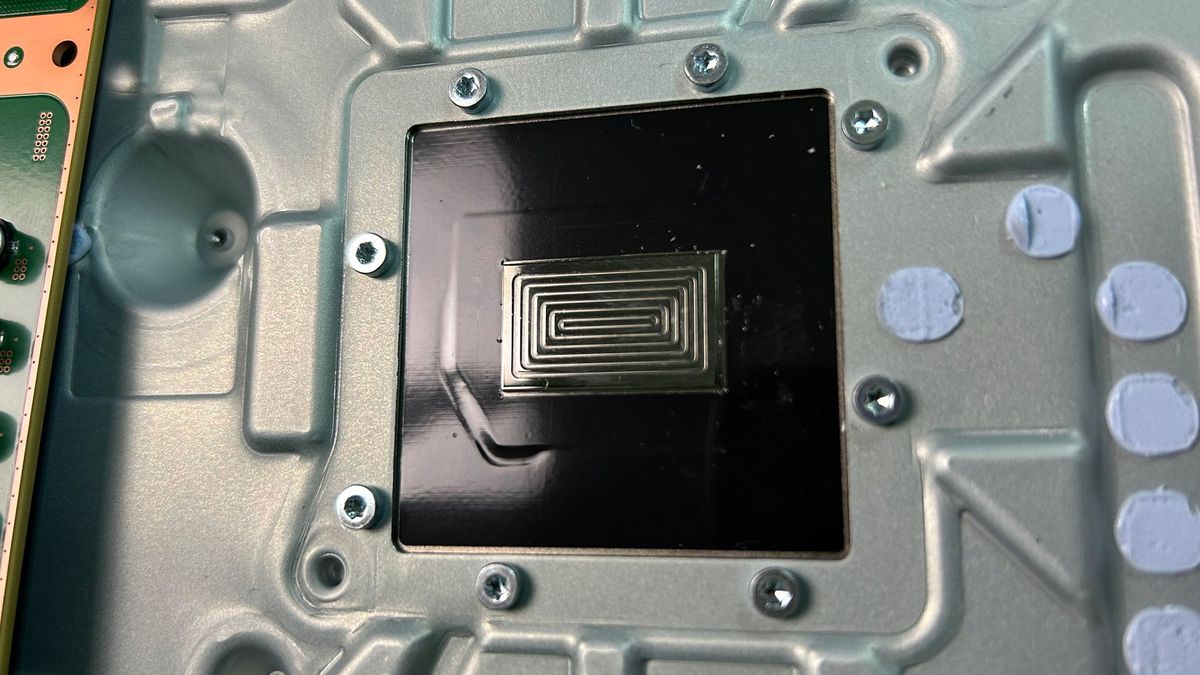
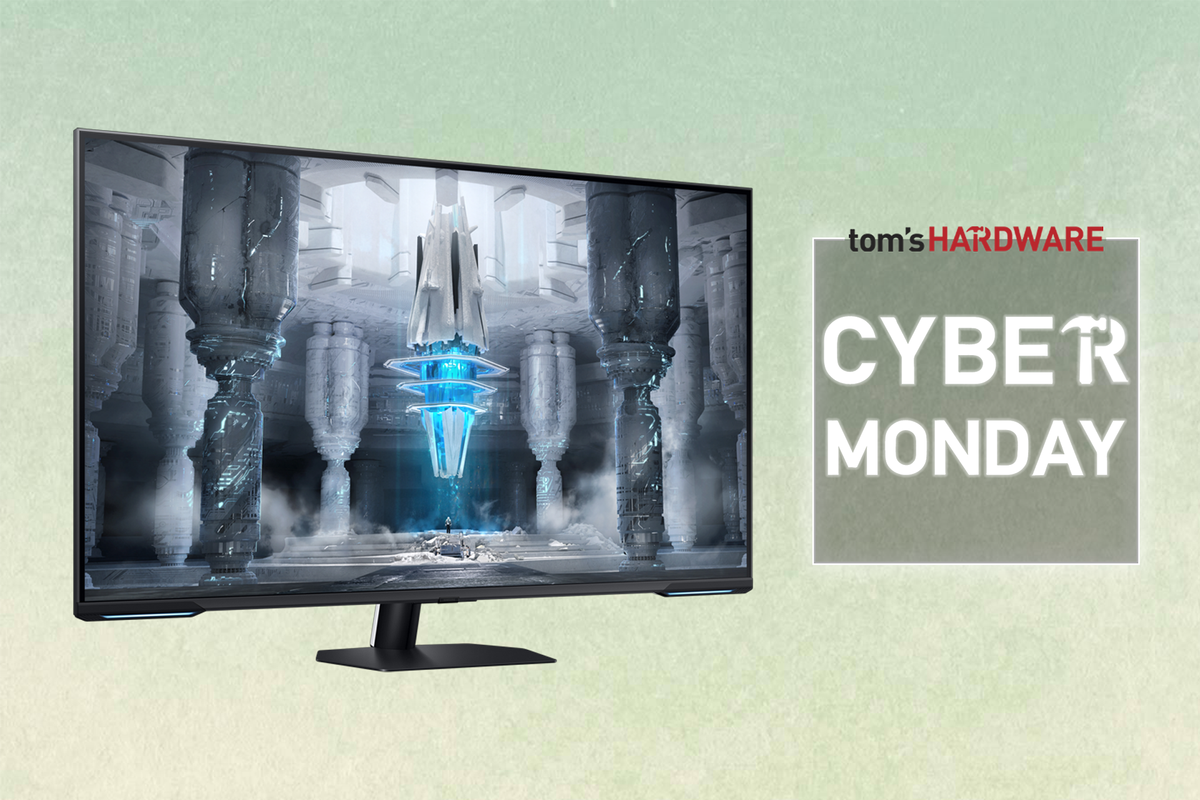
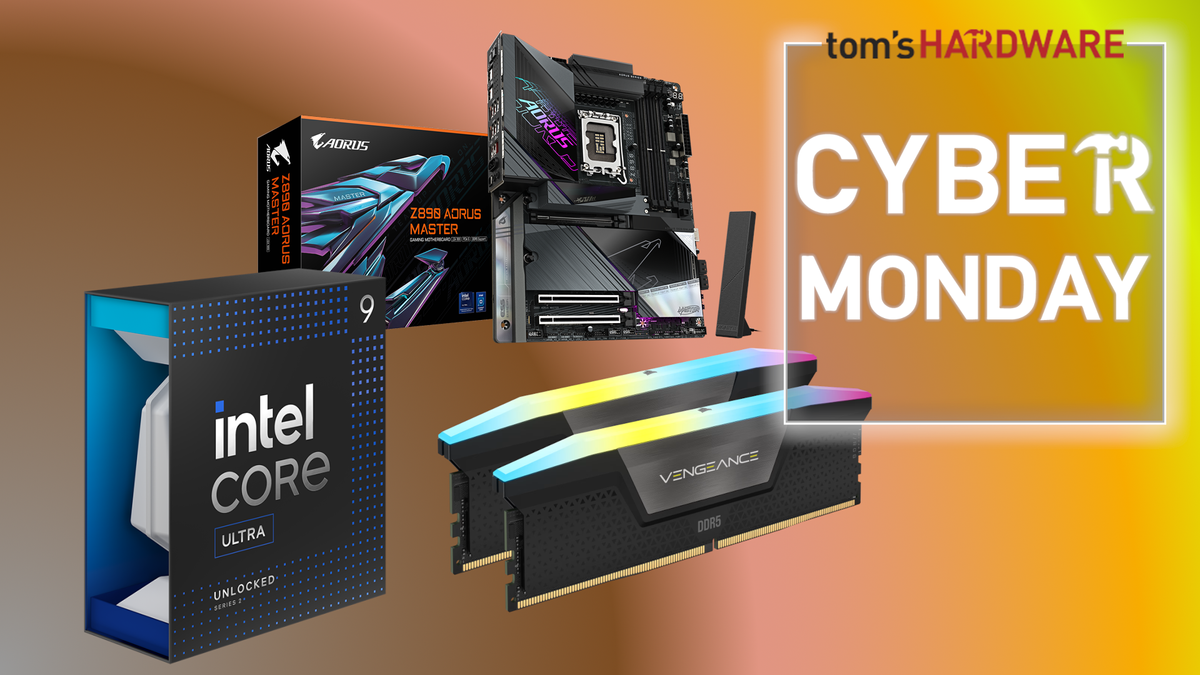


 English (US) ·
English (US) ·